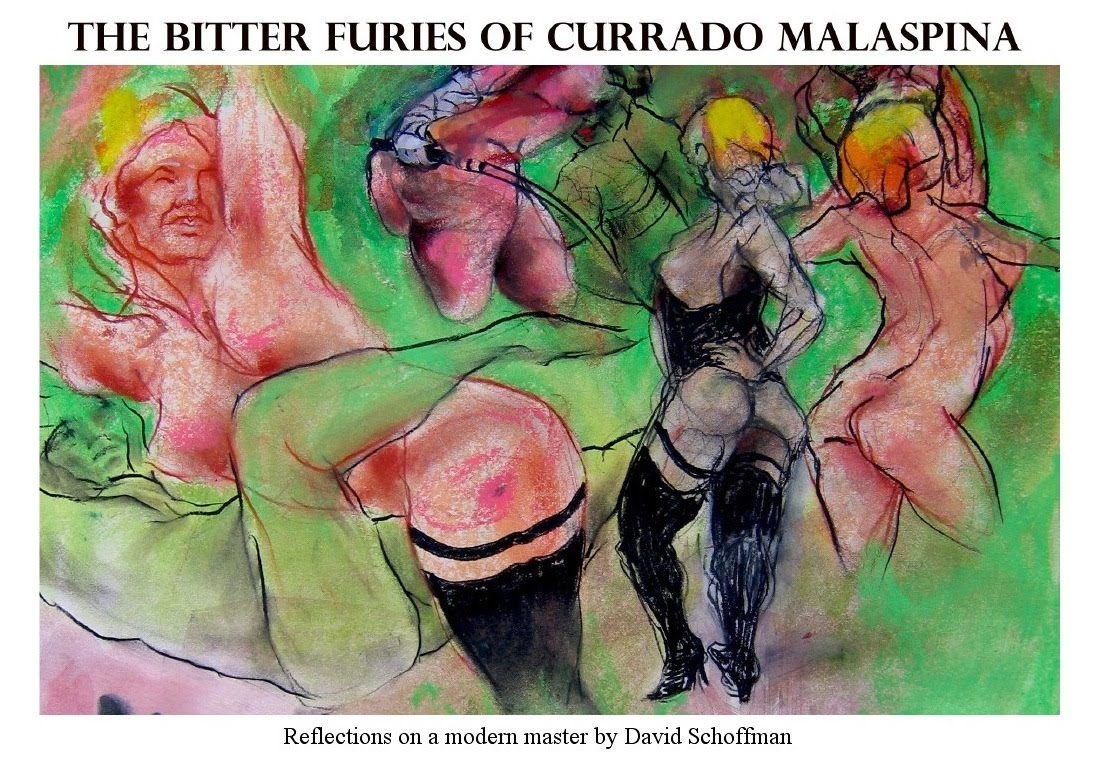While the reveries of most rational men dissolve into the ash of bitter experience my good friend Currado Malaspina continues live in a state of hopeful anticipation. The shale and bog of middle age have yet to dampen his fanciful dreams. Though fame has always been within his easy reach, success or the kind of success that Currado finds meaningful has not.
His eccentric notebooks are full of the jottings of a madman. Incoherent scrawls in a motley tapestry of crude miscellany allude in a host of languages to lost opportunities, abandoned plans and bitter jeremiads against named and unnamed adversaries alike. He seems to have forgotten nothing and what may appear insignificant to others loom in the foreground of Malaspina's imagination like a limestone cenotaph.
But through it all there's a strong thread of buoyant optimism within the pages of his frazzled pads. Encoded in his private dialect are cheerful predictions of personal progress and renovation. Atonement seems to be the most dominant trope and a self-effacing melancholy is braided through his boasts like the verses in a villanelle.
That he has agreed to have his journals published in not surprising in a man whose life has been one of public indiscretion. What has surprised the critics is that he has agreed to have the work edited and annotated by the inscrutably thorough but far from disinterested art historian Orestia Shestov.
It is not unlikely that through it all we may learn the truth behind their tangled tryst of many years ago. Perhaps therein lies the source of Currado's unlikely optimism.













.jpg)


